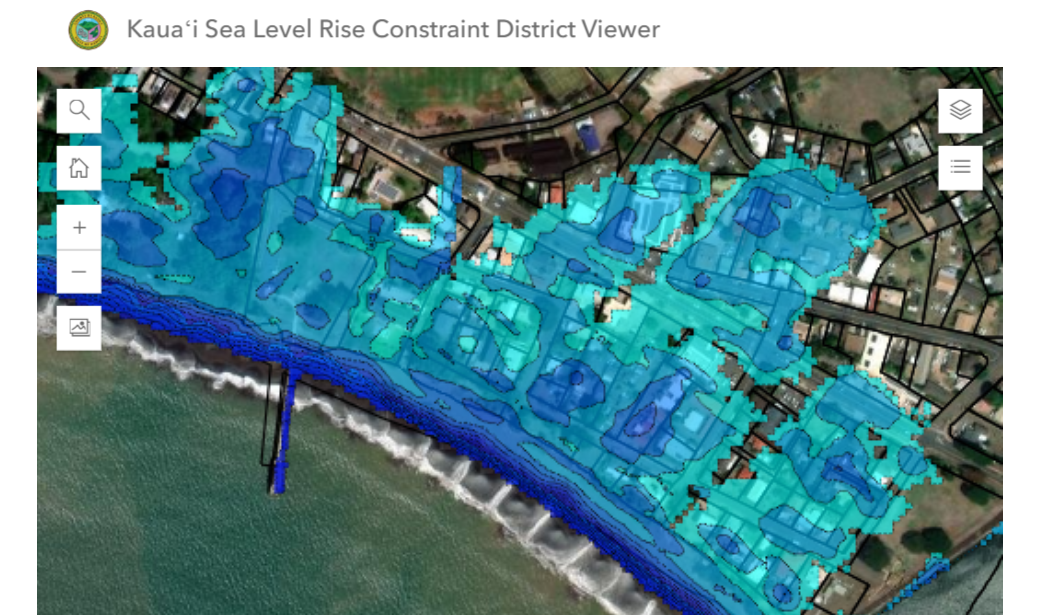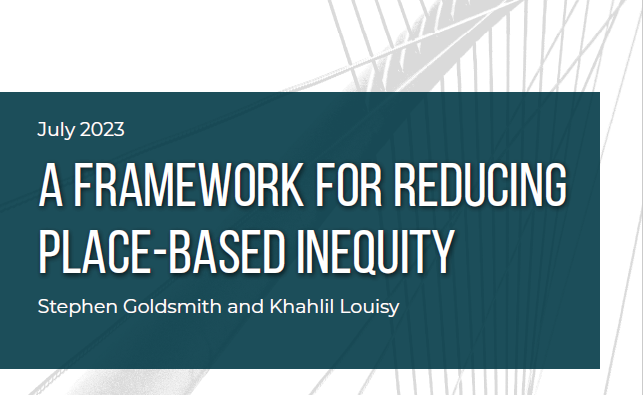- February 25, 2019
- GIS
As reflected by low voter turnout rates over the last century in general and midterm elections, the majority of Americans are not engaged with their government.
A sign of hope for change came on November 6th, 2018 when 116.5 million Americans turned out to vote in the midterms; nonetheless, that was still just under half of all eligible voters.
At the local level, voter turnout is even worse. On average, only about a quarter of eligible voters turn out to vote for their mayor, city council, treasurer or school board. In half of the US’s 30 largest cities, average voter turnout often falls below 20 percent.
Beyond voting, typical civic engagement events like attending planning board meetings or town halls see similarly low attendance. There are several reasons everyday citizens do not involve themselves in politics at any level, among them frustrations with partisanship and legislative gridlock, as well as increasing distrust in politicians. Social media has also been shown to worsen partisanship and division, with many Americans now turning away from sites like Facebook to avoid politics altogether.
Even when participation occurs, it is not representative of the population; those in the highest income brackets have significantly higher levels of participation than those in the lower income brackets. According to the Pew Research Center, older generations are also more engaged in the political process than younger generations. Their study found that 59 percent of people aged 18 to 24 report participating in political activities every year with each subsequent generation posting consistently higher levels of engagement, capping out at 68 percent for those aged 55-64. It also does not help that legislative guidelines for public input at town meetings are outdated and inadequate. There’s no point in talking if no one has the time or desire to hear you out.
Lack of civic participation is rampant in the US, but one possible solution can be found in its friendly neighbor to the north. The City of Brampton, Ontario found an innovative way to get citizens more involved in local government using mapping to collaborate and create a vision for the city’s future.
THE BRAMPTON 2040 VISION: A VISION FOR THE PEOPLE, BY THE PEOPLE
Brampton, Ontario is an up-and-coming city of approximately 650,000 people. Many of them are young, highly educated and very diverse. Prior to 2017, few of them were engaged with their government, according to city planners.
Like many cities in the US, citizens of Brampton were discouraged by the public engagement process and lost trust that their government was listening. City officials shared this frustration and acknowledged that provincial mandates for public meetings were not truly engaging. These mandates simply required public meetings be held with no requirement for incorporating the public’s input in official plans. City residents caught on to this and turned away. Additionally, the four-year election cycle discouraged participation in longer-term planning.
Aware of this trend, city officials knew that they needed a new strategy to engage residents in developing a plan for the city’s future that would unlock its full potential.
In the fall of 2017, the Brampton Planning Department set out on the city’s largest public engagement process in its history. In order to ensure the resulting plan would last beyond a single administration, career civil servants led the process. Brampton’s planners went so far as to exclude politicians from even attending public meetings so as not to inject any political influence in the process. This was to be a plan crafted by and carried out for the residents of Brampton.
Starting as a planning vision, Brampton 2040 evolved to be more of a comprehensive plan touching on all aspects of city life including recreation, transportation, health, poverty, and economic development. To make this a true city vision, the city employed several engagement tactics to ensure everyone who wanted to participate in the process could do so. The engagement strategy included the following steps:
-
Create the Brampton Future Ready website where citizens could engage in three ways:
- Using an interactive mapping tool, they could share their ideas and vision for the future by dropping a pin in areas of the city where they could highlight what they loved about the area (“I love it here”), what they wished they had in the area (“I wish this was here”), or what they thought the city could do better (“We can do better here”).
- Using a Pinterest-style brainstorming feature, residents could post comments and ideas on a message board.
- Using a blogging feature, residents could post blogs and videos that enabled them to elaborate more in depth on their thoughts and ideas about Brampton’s future.
- Bring engagement to the people with events hosted in several areas throughout the city, making it easier for people with limited time and/or mobility to participate. City staff came armed with printouts of the map of Brampton, stickers, and markers to mimic the online mapping feature. Insights gathered in these meetings were manually entered into the online mapping tool by city staff at the conclusion of these meetings.
- Invite residents for more intensive, in-depth workshops in addition to public meetings where residents and stakeholders from around the city could join city planners to help figure out how to implement these solutions in practice. These workshops allowed city planners to share details on the process of change in government and gather information about residents’ visions, helping to increase trust and create a shared understanding of what it takes to implement change.
- Invite residents and important stakeholders for follow-up sessions once the vision’s framework was complete to ensure that they agreed with the planning department’s assessment of the public’s input. This gave residents the chance to ask questions, add anything they felt was missed, or correct anything they felt was improperly represented. The city offered babysitting services for parents who wanted to attend and 311 services so that people could participate in over 180 languages using interpreters from Language Line Services. The 311 line is open to all residents, at all times, in all 180 languages to provide residents access to all non-emergency municipal government information.
The screenshot below is the complete interactive map of Brampton where residents commented on what they loved (pink), wished they had (blue), or where thought the city could do better (orange). You can explore these ideas and insights and learn more about the Brampton 2040 Vision planning process by clicking here.

This process helped city planners gather 20,000 comments and ideas from the public. These insights shaped the Brampton 2040 Vision which laid out 28 “catalytic actions” for transforming Brampton for the future and five “lenses for maximum success” in guiding those catalytic actions: Public Engagement, Collaboration, Design, Technology, and Identity.
To determine how to implement the plan’s initiatives, the city conducted a roundtable series where working groups identified resource needs and collaboration requirements for stakeholders. Out of this process, city government departments, nonprofit and community organizations, and local businesses took ownership of different initiatives. This ensured the most relevant stakeholders with the right resources were taking on projects they could reasonably and successfully complete.
For example, local business leaders saw that a lot of residents were asking for community gardens in areas all over the city and have since taken it upon themselves to provide this service. City officials also saw that many citizens wanted to see more art in public spaces and worked quickly to make this happen in areas all over Brampton. Both initiatives were relatively inexpensive to implement but were in high demand, providing opportunity for early victories that could help the city’s planners show residents that their concerns and ideas were going to be taken seriously as longer-term initiatives were carried out. This has helped local businesses and the city government get involved in their communities in a way that residents have come to truly appreciate and benefit from. According to Brampton officials, these efforts and others like it have strengthened the bond between business, government and the people in Brampton in unprecedented ways.
MAPPING AS THE BASIS FOR COLLABORATION

Throughout the process, mapping was the most critical piece for making the public engagement and planning processes successful. Mapping enabled city residents to participate in greater numbers than ever before by providing a platform for in-person and online idea sharing. Brampton’s residents were truly engaged when they could hover over a map as a team and visualize their ideas for the future as shown in the photo to the right from one of the town meetings. During the roundtable process, mapping enabled critical stakeholders to collaborate and helped identify areas where government, business and community resources could be leveraged most effectively to implement the 28 catalytic actions. Lastly, mapping aided city planners in prioritizing which areas of the city were in greatest need of investment, helping bring resources first to citizens who need it most.
The Brampton 2040 planning process drew attention to the power of Geographic Information Systems (GIS) in municipal government operations. Since the plan’s inception, the GIS team has become a critical component of city operations across departments. According to Brampton’s Location Intelligence & Data Visualization Team Lead, Matt Pietryszyn, GIS has empowered the city to better serve its residents by ensuring the city’s actions are giving the citizens what they truly need, where they need it.





